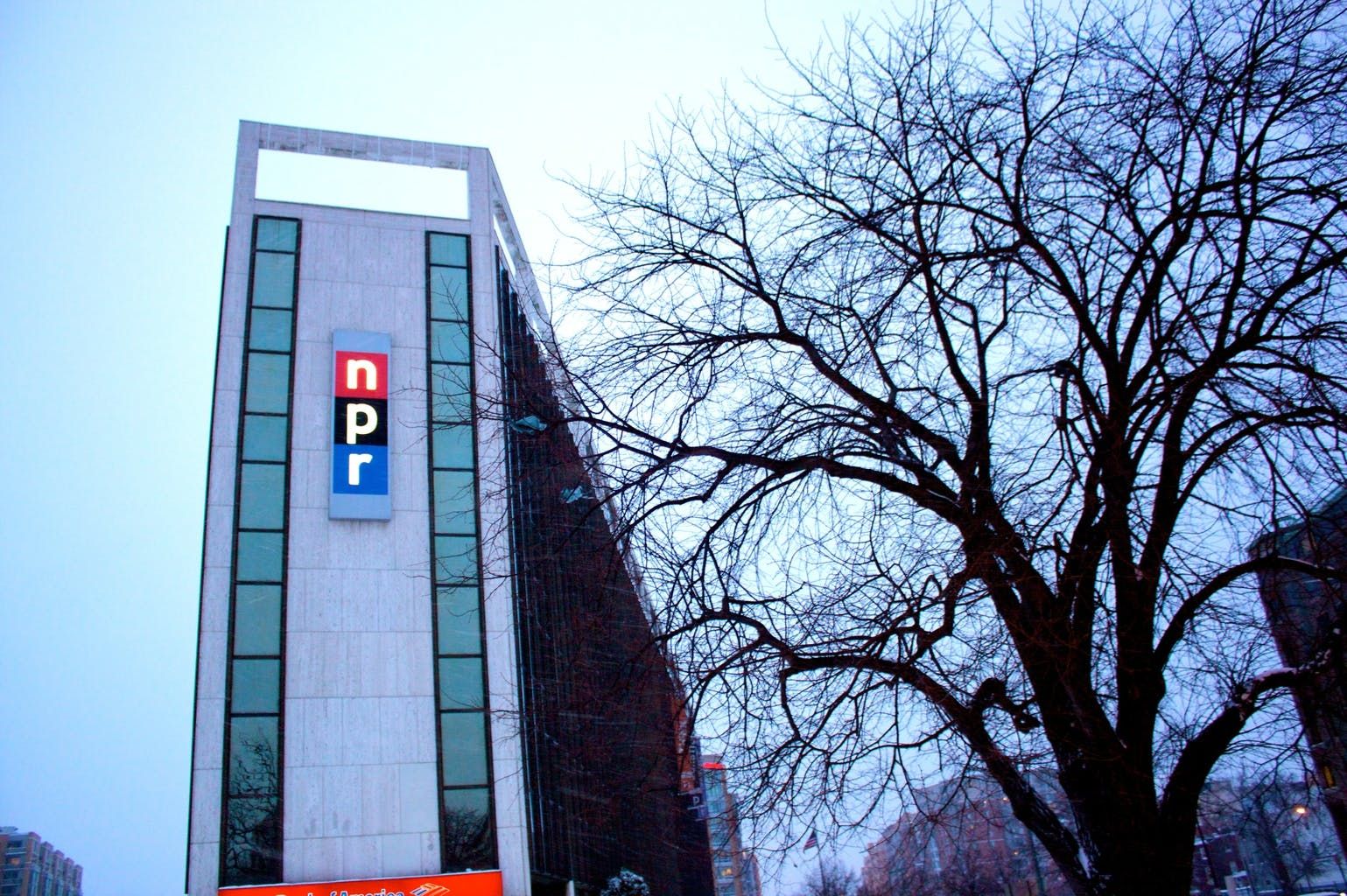Thanks to a few pioneering states, legal medical marijuana is becoming
increasingly mainstream. Each year, more states approve it, and today,
research that would have been impossible a decade ago is being carried
out at labs across the country. Likewise, conversations that would have
been taboo in medical circles outside of medical cannabis states are now
possible. This month, NPR interviewed Dr. David
Casarett,
author of "Stoned: A Doctor’s Case for Medical Marijuana."
It’s a book that would not have been accepted just a few years ago, and,
in fact, Dr. Casarett admitted that when he started "Stoned," he thought
medical marijuana was a joke. Over the course of the project, however,
he dug into the studies examining medical marijuana’s use, talked to
patients using it to treat a variety of ailments, and even tested it on
himself. He came away convinced that medical marijuana is real medicine,
that it is a legitimate treatment, and it isn’t just about stoners
trying to get high.
"There’s a fair amount of science behind it," Casarett told NPR in his
interview on the "Fresh Air" news program. He went on to discuss how
some of the best evidence for marijuana as medicine is in the treatment
of neuropathic pain, nerve pain caused by disruption of or damage to the
nerve cells themselves. It’s common in several chronic conditions such
as diabetes, and conventional treatment options are limited.
"In my experience as a palliative care physician," says Casarett, "it
[neuropathic pain] doesn’t respond nearly as well as more traditional
nociceptive pain does to drugs like morphine. So there really is a need
to find newer, better treatments." Medical marijuana might be that
treatment. He also discussed using medical marijuana without getting
high, especially in the case of neuropathic pain.
He said some researchers are becoming increasingly convinced that it
might actually be cannabidiol (CBD) rather than THC that is responsible
for marijuana’s effect on neuropathic pain. The concept is currently
being tested in clinical trials using lower amounts of THC and elevated
amounts of CBD. The low-THC treatments seem to have the same effect on
pain as normal THC doses.
This is important because CBD doesn’t cause the euphoric "high", or
physco-activity associated with THC. If CBD alone has therapeutic
benefits, said Dr. Casarett, "there are enormous opportunities for
figuring out how to use that appropriately and productively for those
people — and there are a lot of them — who really don’t want to feel
high. They don’t want any of that recreational marijuana feeling. They
really just want relief of pain or nausea." In the interim, he suggested
that medical marijuana users who want to avoid the "high" associated
with THC ask for a low-THC, high-CBD strain at their dispensary.
During research for the book, he tried medical marijuana himself for
back spasms and found that dosage is extremely important. It’s very
easy, he said, particularly in the case of edibles, for the
inexperienced to overmedicate. While edibles are a simple way to get the
active ingredients of medical marijuana without smoking it, it takes a
much longer time — anywhere from half an hour to an hour — to begin to
feel the effects. In addition, people metabolize cannabinoids at
different rates, so there is no one-size-fits-all time frame for how
long it takes ingested marijuana to work. New patients may take one
dose, feel no effects after 15 minutes, take another, and another, so
that when the full effect does hit them an hour later, then they’ve
taken too much. Dosing yourself with edibles, he suggested, takes some
trial and error to get it right.
The so-called war on drugs, he added, has set back medical marijuana
research by decades. Dr. Casarett believes that the potential for a
great deal of good is there, and that the current climate allowing such
research is a good thing. The fact that doctors are no longer afraid to
speak up about the benefits of medical marijuana shows how far we’ve
come in a short time. Speaking up in print and on national media takes
us one step further.




